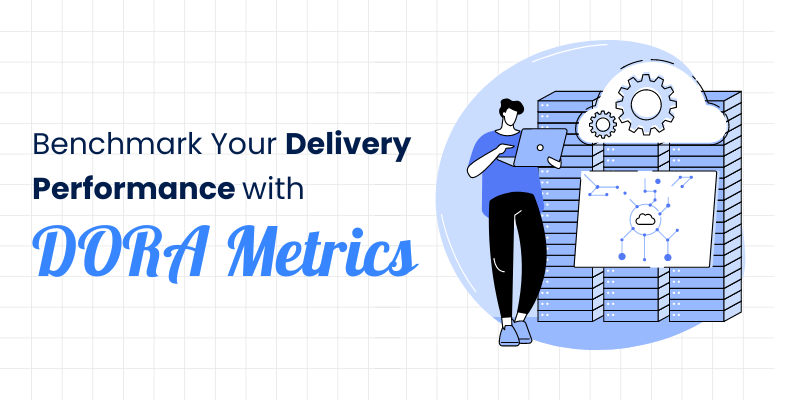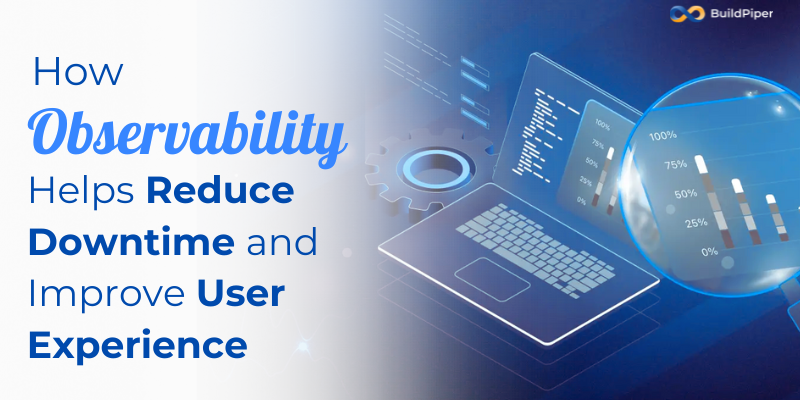When we build and release software, it’s important to see how well we’re doing. This is called software delivery performance. To check our progress, we use something called DORA metrics.
DORA stands for DevOps Research and Assessment. Using DORA metrics gives us a clear way to see how well we’re performing and compare it to others.
In this blog post let us understand in detail DORA metrics, what are the industry benchmarks for them.
Understanding DORA Metrics
To effectively measure and enhance our software delivery performance, we focus on four key metrics. Each metric provides valuable insights into different aspects of our delivery process.
Deployment Frequency
The speed at which we release new features and updates can greatly impact how quickly we respond to user needs and market changes. Deployment frequency tracks how often we release updates or new features to users. A higher deployment frequency means we can deliver improvements and new functionalities quickly, keeping our software current and responsive to user needs.
Lead Time for Changes
The time it takes to make and deploy changes is crucial for how swiftly we can address issues and deliver new features. Lead time for changes measures the time it takes from making a change to deploying it to users. Shorter lead times indicate that we can address issues and implement enhancements more swiftly, enhancing our ability to adapt and improve rapidly.
Change Failure Rate
The reliability of our updates is vital for maintaining software stability and user trust. The change failure rate shows how often our updates lead to problems or failures. A lower change failure rate means our updates are more reliable and have fewer issues, which helps maintain user trust and software stability.
Mean Time to Restore Service (MTTR)
When issues occur, how quickly we can resolve them affects the overall user experience and system reliability. MTTR indicates how quickly we can fix problems and get everything back to normal after an issue occurs. A lower MTTR ensures that we can recover from disruptions quickly, minimizing downtime and maintaining a smooth user experience.
Comparing Your DORA Metrics Against Industry Benchmarks
Benchmarking means comparing your performance metrics to those of top industry peers or averages. This helps you see where you stand and set practical goals to improve your software delivery process.
Deployment Frequency: Measure how often your team deploys code to production, typically ranging from multiple times per day to once a month. Industry leaders often achieve multiple deployments daily. If your frequency is lower, consider increasing automation in your CI/CD pipeline to improve efficiency and meet or exceed industry standards.
Lead Time for Changes: Track the time it takes for a code change to move from commit to deployment, covering development, testing, and release stages. High-performing teams can achieve lead times of less than a day. If your lead time is longer, it might suggest a need for more efficient development or testing processes to align with top industry benchmarks.
Mean Time to Recovery (MTTR): Calculate the average time it takes to restore full service after a disruption, which is critical for understanding system resilience. The best organizations typically recover in less than an hour. If your MTTR is longer, improving your incident response and remediation processes can help you recover faster and meet industry standards.
Change Failure Rate: Determine the percentage of deployments that lead to failures, such as rollbacks or hotfixes. Leading teams maintain a change failure rate of 0-15%. A higher failure rate indicates that your testing or deployment processes may need refinement to reduce errors and match industry benchmarks.
With a dedicated dashboard for DORA metrics, BuildPiper provides actionable insights into your software delivery performance. Identify bottlenecks, track improvement, and make data-driven decisions to optimize your development lifecycle.














